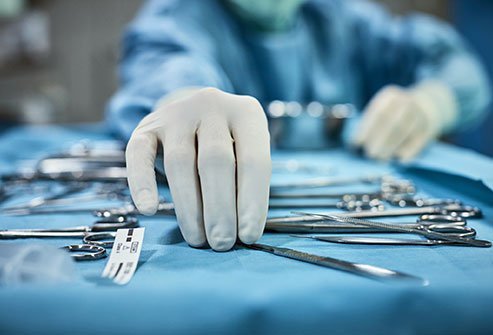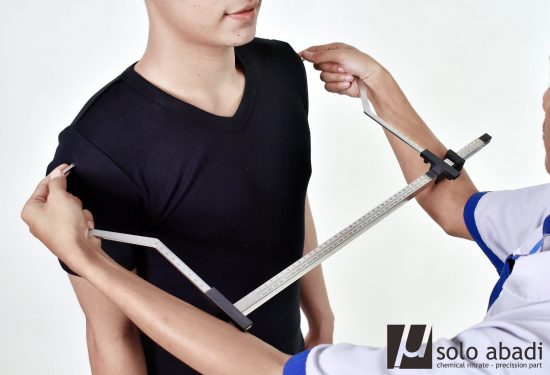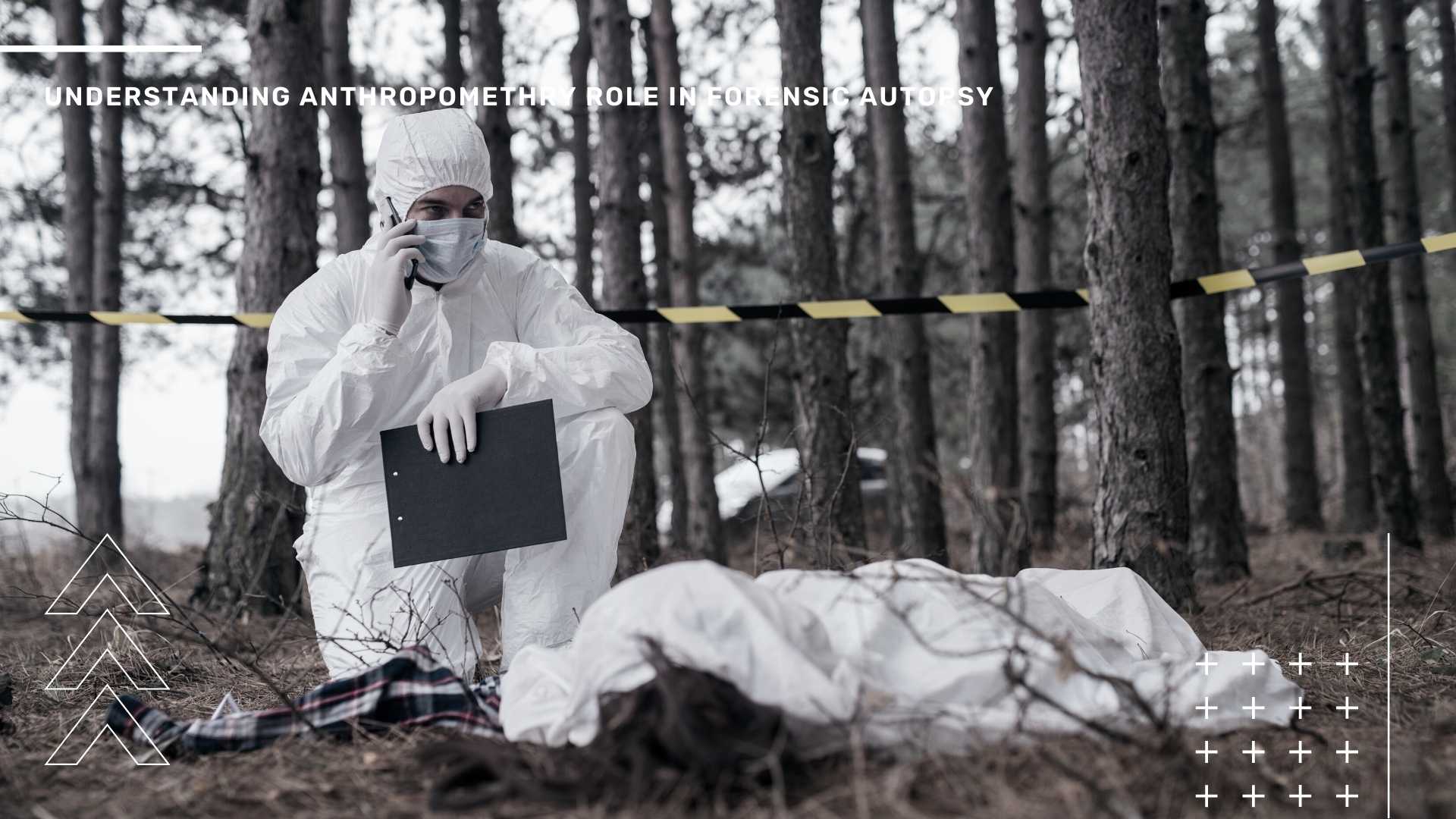Often we heard about the term forensic autopsy in daily basis. In a news broadcasted on television or from a newspaper that discuss about a death case especially homicides. Altough the term is quite familiar, not many of us knew the actual meaning of forensic autopsy.
This term is commonly used on criminal field. As a casual audience we know the term as an examination in order to discover the cause of death. Then, what is forensic autopsy and how does it work? Let’s discuss.

What is Forensic Autopsy?
The term autopsy is originated from the word autopsia which means necroscopy. Meanwhile forensic from KBBI means branch of medical science that appertain with the application of medical and judicial problem.
We could conclude that forensic autopsy is a thorough inspection toward a corpse body for investigation purposes. The examination began from an external examination to internal examination. In order to detect scar on victim’s skin and reveal the victim’s cause of death for the sake of law enforcement.
Furthermore, forensic inspection usually conducted due to some allegation of victim’s death is caused by unnatural issues. Unnatural issues such as from sharp object puncture, blunt object bump, or gunshot.

Reviewing a Forensic Autopsy from a Legal Perspective
If you remember the death case of colleger Gilang while participating in a Organization training that called Diklatsar held by Resimen Mahasiswa (Menwa) Sebelas Maret University which provoke some controversy in social media, they debating about the actual cause of Gilang’s death. The chaos continues until the release of autopsy results that state Gilang is died because of physical violence. Then how is the process of forensic autopsy from legal perspective?

In Indonesia the conduct of forensic autopsy surgery is regulated on some legal basis that is KUHAP 133, KUHAP 134, and KUHP 222.
Article 133th verse 1 Kitab Undang-Undang Hukum Acara Pidana or KUHAP, stated “In the case where an investigator for judicial purposes handles a victim either wound, poisoning, or died suspected of an event that is a criminal act, he is authorized to submit an expert request to a judicial medical professional or doctor and or other experts.”
Article 134th verse 1 KUHAP, about victim’s family consent “In cases where there post-mortem no longer be avoided, investigators are required to notify the victim’s family in advance”
Article 222nd Kitab Undang-Undang Hukum Pidana or KUHP, “Any person who intentionally prevents, obstructs or thwarts the examination of a body shall be punished for a period of nine months or a fine of at least four thousand five hundred rupiah.”
Forensic Autopsy Procedure
After the regulation of the legal basis is fulfilled, then forensic doctor have got a permit to conduct autopsy forensic procedure
- External Examination
Forensic examination began with identify victim’s corpse, or also called as external examination. Conducted by measuring corpse’s body dimention or anthropomethry and examining corpse’s body characteristic in order to find traces of scar or other mark that hinted the cause of death.
2. Internal Examination
After the external examination completed, the process continues with internal examination. In this stage post-mortem is conducted to examining corpse’s internal organ. Organ that examined then weighed and observed. Innards and digestion organ is one of the important part to be examined, because the cause of death could be from the food or beverage they consume before.
Furthermore, the organs that examined will be rearranged back to the previous position. These whole process will be finished for two until three hours. During the entire process of forensic autopsy, forensic doctor is obliged to take pictures of the organs and scars for documentation and legal basis. Forensic doctor is also obliged to reporting all the autopsy results as a authentic proof that is accountable.

Anthropomethry in Forensic Autopsy
During forensic autopsy procedure the measurement of body dimention or anthropometry is crucially needed. This measurement process plays a big role in summing up the result of forensic autopsy.
On external examination or identification, measurement process is conducted in order to detecting unnatural traces or scar accurately. From that, we should use the best and most precision measuring tool. Precision measurement cannot achieved if we still depends on manual tools, we need measurement tool with high accuration.
How Important is Anthropomethry in Forensic Autopsy?
Anthropomethry is a body measurement method in forensic anthropology. Based on American Board of Forensic Anthropology or ABFA , forensic anthropology is the branch of physical anthropology and biology that related to legal issues (medico-legal).
Height is the main characteristic on corpse’s identification process. Meanwhile on forensic anthropology, height is an important biological profile that should be known. From that statement, we can conclude that anthropomethry play a crucial role and is required in forensic autopsy process.
We can conclude that Anthropomethry plays an important role during forensic autopsy process. Thus, anthropomethry should be examined thoroughly. Pay attention to process and measurement tool, so that the measurement result is accurate and precision. That is all we could inform you, we hope it could help to clear out your confusion. See you on the next article!


